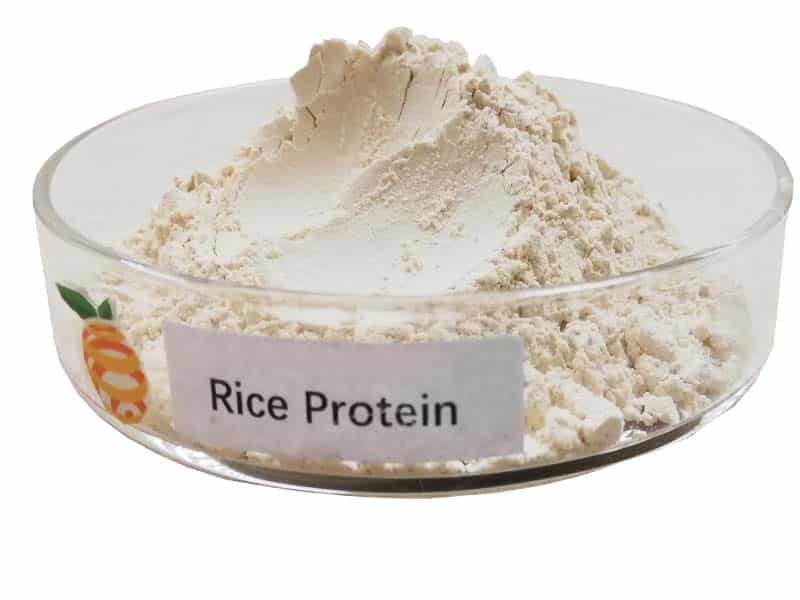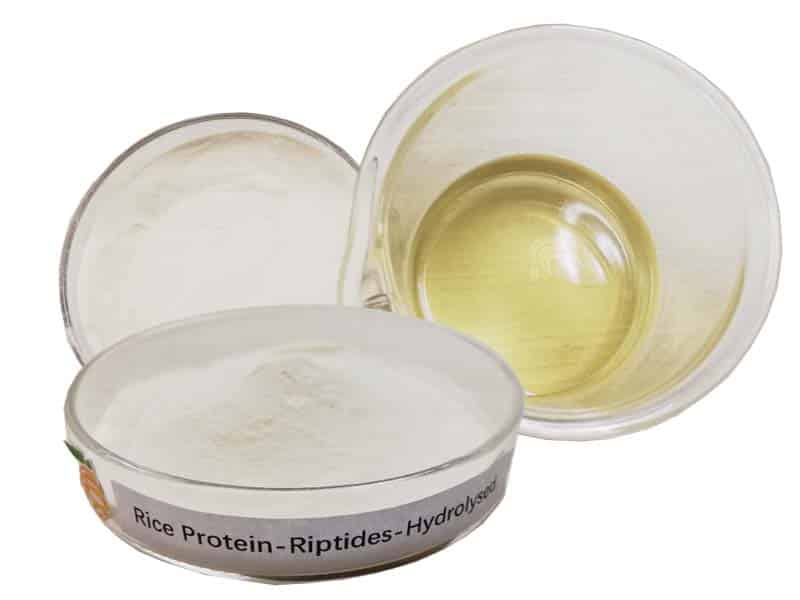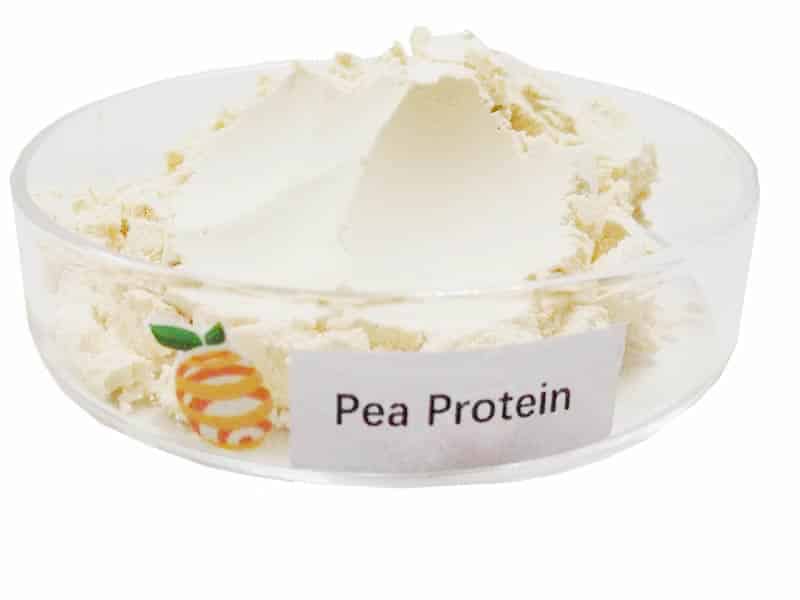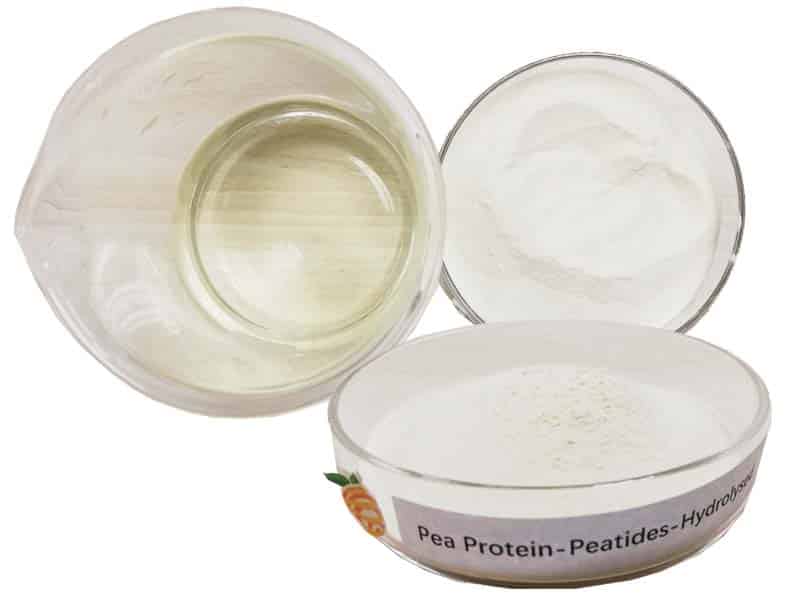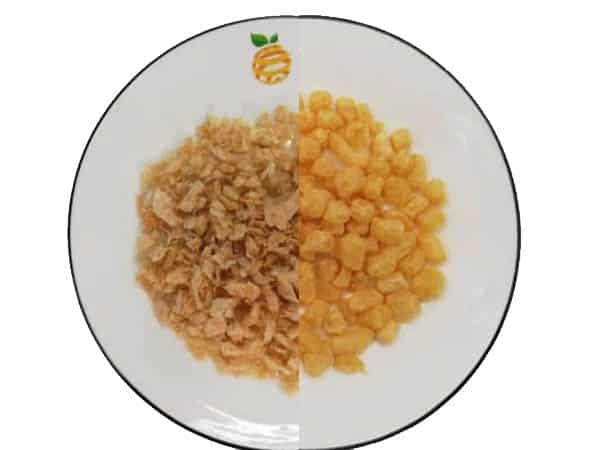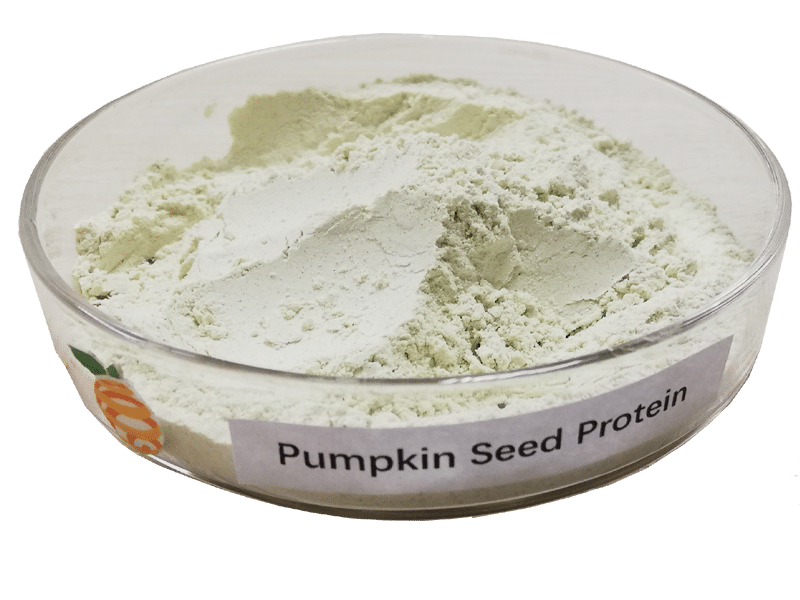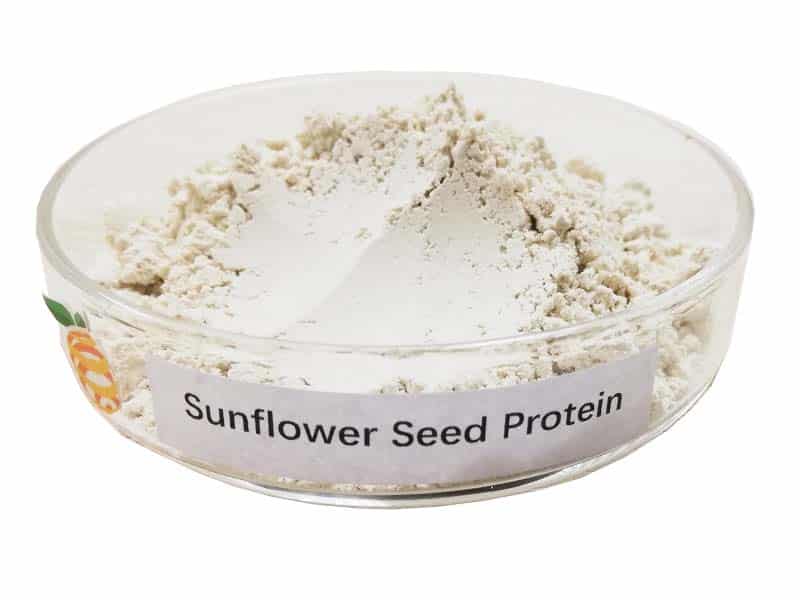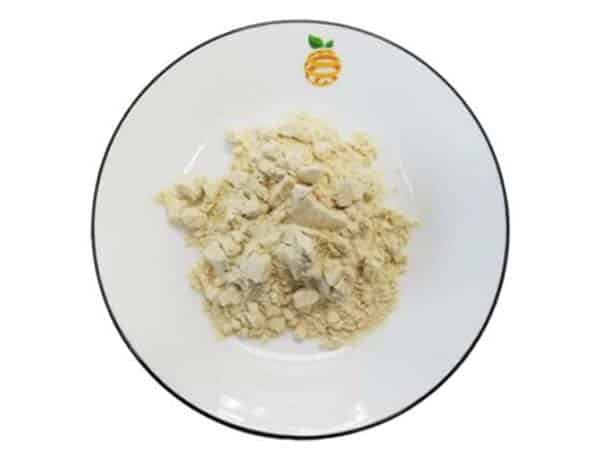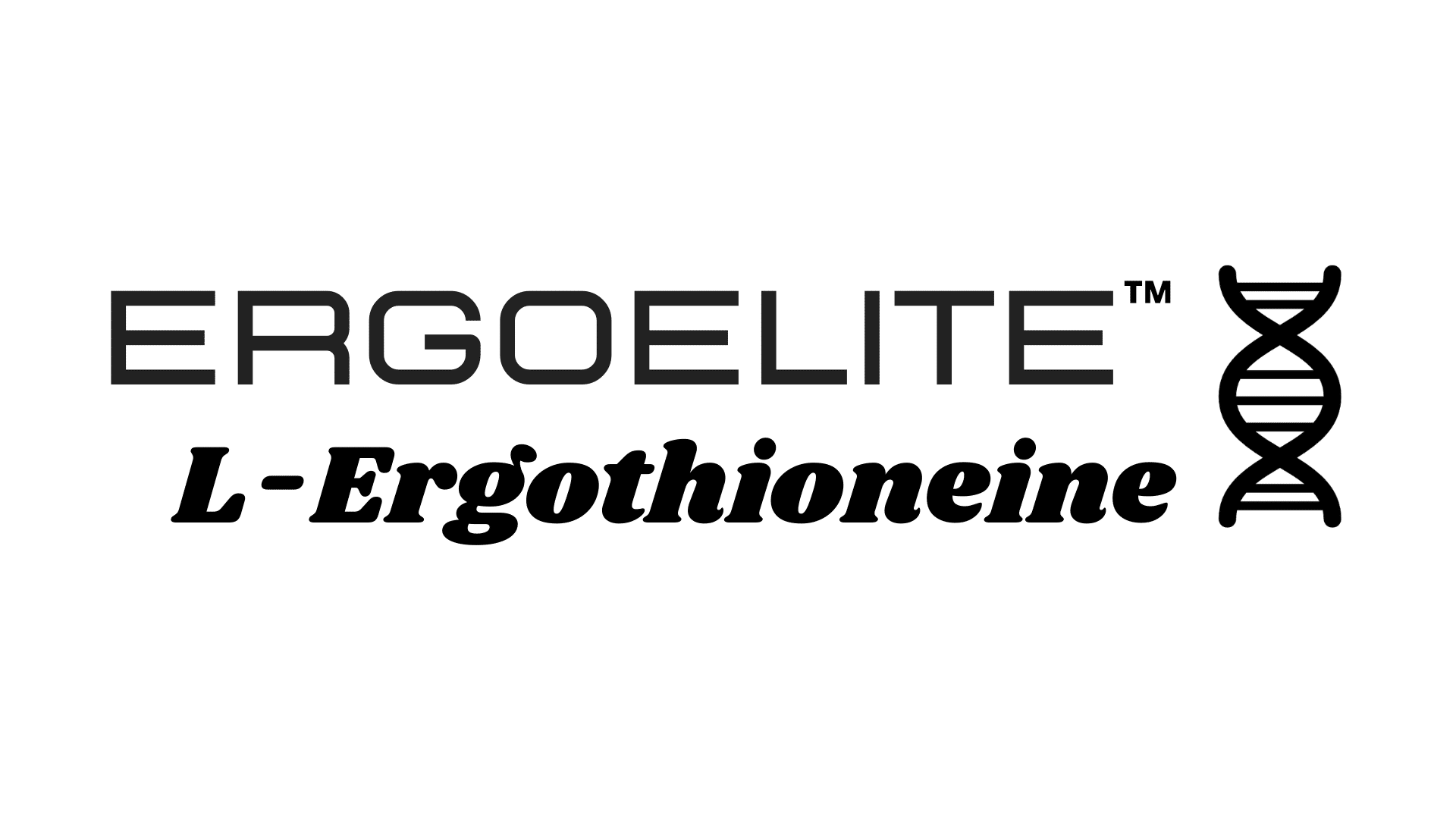Fixing Texture and Taste During Reformulation
-
Table of Contents
- Reformulating for Better Texture and Taste: Strategies and Solutions
- Understanding the Importance of Texture and Taste
- Challenges in Reformulation
- Strategies for Maintaining Texture
- Strategies for Preserving Taste
- Case Studies and Examples
- Emerging Technologies and Ingredients
- Conclusion: Balancing Health and Pleasure
- Discover ETprotein’s High-Quality Protein Products
Reformulating for Better Texture and Taste: Strategies and Solutions

Food and beverage manufacturers are constantly challenged with the task of reformulating products to meet changing consumer demands, regulatory requirements, or to improve nutritional profiles. However, altering a product’s formulation can have significant impacts on its texture and taste, which are critical factors for consumer acceptance. This article explores the strategies and solutions for fixing texture and taste during reformulation, ensuring that products remain appealing to consumers while meeting new standards.
Understanding the Importance of Texture and Taste
Texture and taste are two of the most important sensory attributes that determine the success of a food product in the market. Texture affects the mouthfeel and overall eating experience, while taste is the primary factor in flavor perception. A change in either can lead to consumer dissatisfaction and a decline in product sales. Therefore, it is crucial for manufacturers to maintain or improve these attributes during reformulation.
Challenges in Reformulation
Reformulation can be driven by various factors such as reducing sugar, salt, or fat content, removing allergens, or incorporating alternative ingredients for sustainability. Each change can potentially alter the product’s original texture and taste. For example:
- Reducing sugar can affect sweetness, body, and mouthfeel.
- Lowering fat content can diminish creaminess and richness.
- Substituting traditional flours with gluten-free alternatives can impact dough elasticity and final product texture.
Strategies for Maintaining Texture
When reformulating, it’s essential to employ strategies that can help maintain or replicate the desired texture. Here are some approaches:
- Hydrocolloids: Using stabilizers such as xanthan gum, guar gum, or carrageenan can help mimic the mouthfeel of fats or improve the stability of emulsions.
- Protein fortification: Adding plant or dairy proteins can enhance the texture and nutritional profile of products, especially in low-fat formulations.
- High-pressure processing: This non-thermal method can modify the texture of foods without altering their taste or nutritional value.
- Emulsification: Creating finer emulsions can improve the creaminess and mouthfeel of reduced-fat products.
Strategies for Preserving Taste
Similarly, preserving the taste during reformulation requires careful consideration of ingredient interactions and flavor compounds. Some strategies include:
- Flavor masking: Using flavors or flavor modifiers can help mask the off-notes of some alternative ingredients.
- Salt and sugar alternatives: Natural sweeteners and salt substitutes can reduce the content of these ingredients without compromising taste.
- Flavor enhancement: Umami compounds or natural flavor enhancers can intensify the existing flavors in low-sodium or low-fat products.
- Bitter blockers: Compounds that block bitter receptors can improve the taste profile of products with bitter ingredients.
Case Studies and Examples
Several companies have successfully reformulated their products while maintaining or improving texture and taste. For instance:
- A leading yogurt brand managed to reduce sugar content by 25% by incorporating natural sweeteners and carefully adjusting the levels of dairy ingredients to maintain creaminess.
- A snack manufacturer replaced traditional potato with a blend of legume flours, using extrusion technology to achieve a similar crunch and mouthfeel.
- A beverage company introduced a low-calorie version of their drink by using a combination of sweeteners that provided the same sweetness profile as sugar.
Emerging Technologies and Ingredients
Innovations in food science and technology are providing new ways to address texture and taste challenges in reformulation. For example:
- 3D food printing: This technology can create complex textures that are difficult to achieve through traditional processing methods.
- Taste modulation: Advances in taste receptors and sensory science are leading to the development of novel taste modulators that can enhance or suppress certain flavors.
- Plant-based ingredients: New sources of plant proteins and fibers are being explored for their texturizing properties.
Conclusion: Balancing Health and Pleasure
Reformulating products to meet health, regulatory, or sustainability goals does not have to come at the expense of texture and taste. By understanding the roles of various ingredients and employing innovative strategies and technologies, manufacturers can create products that satisfy both the nutritional demands and the sensory expectations of consumers. The key is to approach reformulation as an opportunity to innovate and enhance the overall product experience.
Discover ETprotein’s High-Quality Protein Products
For manufacturers looking to reformulate their products with high-quality protein ingredients, ETprotein offers a range of solutions. Their organic bulk vegan proteins and L-(+)-Ergothioneine (EGT) are characterized by a neutral taste, non-GMO, and allergen-free attributes, making them ideal for a variety of applications. ETprotein’s commitment to quality and customer service makes them a valuable partner in the reformulation process.
About ETprotein:
ETprotein, a reputable protein and L-(+)-Ergothioneine (EGT) Chinese factory manufacturer and supplier, is renowned for producing, stocking, exporting, and delivering the highest quality organic bulk vegan proteins and L-(+)-Ergothioneine. They include Organic rice protein, clear rice protein, pea protein, clear pea protein, watermelon seed protein, pumpkin seed protein, sunflower seed protein, mung bean protein, peanut protein, and L-(+)-Ergothioneine EGT Pharmaceutical grade, L-(+)-Ergothioneine EGT food grade, L-(+)-Ergothioneine EGT cosmetic grade, L-(+)-Ergothioneine EGT reference grade and L-(+)-Ergothioneine EGT standard. Their offerings, characterized by a neutral taste, non-GMO, allergen-free attributes, with L-(+)-Ergothioneine purity over 98%, 99%, cater to a diverse range of industries. They serve nutraceutical, pharmaceutical, cosmeceutical, veterinary, as well as food and beverage finished product distributors, traders, and manufacturers across Europe, USA, Canada, Australia, Thailand, Japan, Korea, Brazil, and Chile, among others.
ETprotein specialization includes exporting and delivering tailor-made protein powder and finished nutritional supplements. Their extensive product range covers sectors like Food and Beverage, Sports Nutrition, Weight Management, Dietary Supplements, Health and Wellness Products, and Infant Formula, ensuring comprehensive solutions to meet all your protein needs.
As a trusted company by leading global food and beverage brands and Fortune 500 companies, ETprotein reinforces China’s reputation in the global arena. For more information or to sample their products, please contact them and email sales(at)ETprotein.com today.





